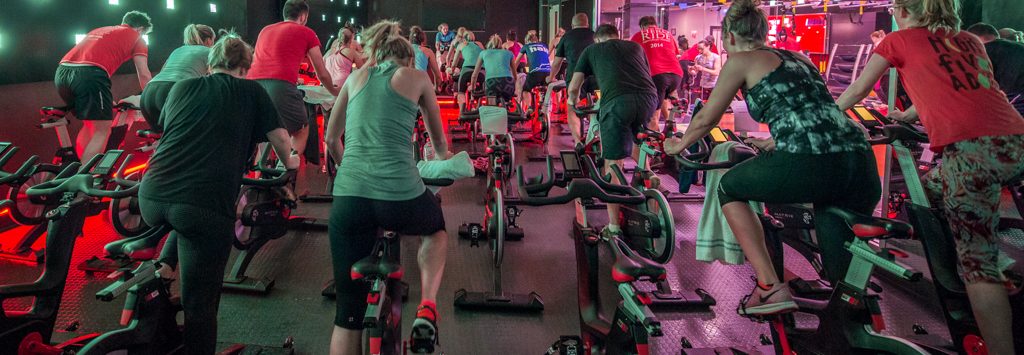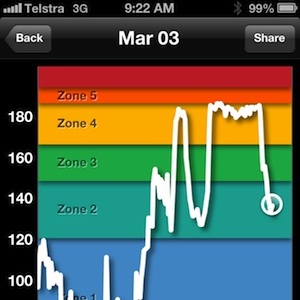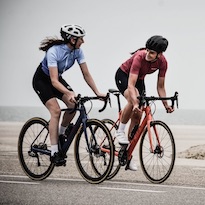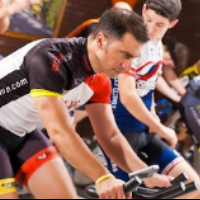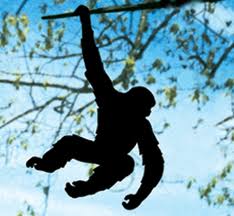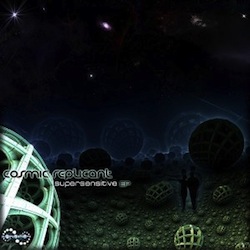Welcome to the Indoor Cycling Association
My Field Test This Morning: Answering a Student’s Question
 I conducted the second field test midway through a 12-week periodized cycling clinic this morning. One student came up with a HR that was slightly lower than the first test, but had big swings in her HR throughout the test. She was confused, as many students would be. Here is how I answered her question and gave her goals to work toward, helping her understand how she can improve the next time we do this field test in 5 weeks.Read more…
I conducted the second field test midway through a 12-week periodized cycling clinic this morning. One student came up with a HR that was slightly lower than the first test, but had big swings in her HR throughout the test. She was confused, as many students would be. Here is how I answered her question and gave her goals to work toward, helping her understand how she can improve the next time we do this field test in 5 weeks.Read more…
Ask the Expert: What If They Don’t Like me?
Have you ever taken over a class from a popular instructor, or at a new gym, and you not only get the sense that they don’t like your style, but you’ve gotten complaints or negative comments from students? That’s what happened to ICA member Beth, and she’s pretty down about it. I’ve got some suggestions to help build your confidence and stand your ground, as well as how to make sure you learn from the situation.Read more…
Audio Master Class: Guru in the Mountains
Guest Instructor Juliet Underill presents her epic ride The Guru in the Mountains. Per Juliet’s request, we are making this available to all instructors, as a free offering. This ride not only is a very special journey ride, but Juliet gives tips for instructors teaching a ride like this for the first time, how to overcome the jitters of stepping outside of your comfort zone…Read more…
The Physiology and Technique of Standing Versus Seated Cycling
What is the difference between a seated and standing position on a bike in terms of how your body responds? This is a very educational discussion between myself and Dr. Jennifer Klau and Tom Scotto. We discuss everything that has to do with standing up on a bike: the physiological reaction of the body, technique, gearing/resistance, methods of keeping the heart rate under control, power output, and how long should you stand up in a class situation.Read more…
Spinning Wrist Injuries: Can You Get Carpal Tunnel?
A news report on New York TV suggests that carpal tunnel injuries are on the rise from Spinning classes. I review the video and evaluate potential wrist problems, describing the most effective and comfortable position for the hands while riding indoors. I also look at why instructors too often incorrectly cue to “engage the core” (as they do in the video), believing it will improve riding posture and take the weight off the hands. I also provide 15 detailed cues for guiding your riders to position their hands properly, and how to sit up correctly without over activating the core.Read more…
Ask The Expert: Does it Really Matter What I Wear When I Teach?
An ICA member asks about the importance of wearing cycling clothing when teaching. I’m so glad he asked, because I’ve been meaning to write an article about this. As instructors we have to be fully aware of the impression we are giving when we walk through those doors. Rightly or wrongly, people form opinions in the first second they meet you, so make sure it’s the impression you are looking to project (from your primary market at least)!Read more…
Dr. Klau Defines Stress and How it Affects Your Body
FREE AUDIO! Everyone has heard that stress has negative effects on the body, but do you know how much? Do you know how to tell if it’s affecting you or how to mitigate it? In this interview with Dr. Jennifer Klau, she shares some valuable tips with you, not only as an active person, but how you as an instructor can help your very active students assess and manage their own stress. Dr. Klau’s dissertation was on the subject of stress, so she knows a thing or two about it! . . .Read more…
Fight the Monkey
Our minds are used to jumping around. This is sometimes called our “monkey brain,” the part of our brain that gets bored very quickly. The term comes from Buddhism and means an unsettled or restless state of mind. Bill explains how calming this part of your minds can benefit your performance on and off the bike.Read more…
Free Legal Electronic Music
I know it’s not Friday Favorites or Wednesday Classics day, but here’s some free music anyway! In May of 2011 I wrote about a great free legal downloading source for electronic music (trance, psy-tran, downtempo, etc.). I want to remind members about this site, but because there is so much music it can be a little overwhelming to search through it, so here’s a tip about a group I just discovered. Many of these songs are excellent for fast flat cadence work, in the 90–100 bpm/rpm range. Perfect for endurance and mind-body classes!Read more…
One Instructor’s “Superhero Cape” Experience
This week’s article on wearing your superhero cape in the indoor cycling room has generated some great stories by instructors. I want to share one of these successful stories with everyone to inspire you to do the same if you are confronted with rude or challenging students. When Chuck took over a class, he was faced with a student who sarcastically said, “There’s a new sheriff in town!” Read how Chuck took ownership of the class; there is now a waiting list to get in! Read more…

